For the past four years, Dannis Warf, ACE, the Sherman, Ill.-based regional sales manager for Central Life Sciences’ agricultural division, has been on a mission to build up his collection of antique rodent traps. Warf started his hobby just by hanging onto unusual dusters and other pest control-related items he would find in crawlspaces back in the 1990s, when he was a technician. Now, he has amassed a collection of more than 500 pieces.
“The mouse trap is said to be the most patented item in the United States, with more than 4,500 patents and counting,” Warf says. A member of the North American Trap Collectors Association, he is always looking to buy and trade.
Warf calls this Walker Rat Trap the “Holy Grail” among collectors. Patented in 1871, the cast iron trap has a mirror in the back, designed so the rat would see its reflection and enter to take the food away from a competitor — setting off a stake that stabs it.
In 1935, at a Lititz High School reunion, approximately 135 alumni were given a commemorative mouse trap — likely because the Animal Trap Co. (Woodstream’s legacy company) employed so many of them at its then-headquarters in Lititz, Pa. Also note the circa-1940s aluminum Crosby Trip-Trap made by the Crosby Manufacturing Co., Adrian, Mich., with spokesman and crooner Bing Crosby pictured on the original box. The yellow Kitty Gotcha trap, made in 1953 by the Gotcha Manufacturing Co. in Chicago, Ill., also came in red, green, black and white — the last two are on Warf’s wish list if you have one to sell. The wooden choker traps are from the late 1800s, and were made in Germany.
The canisters in the front row, right, are pesticide dusters from about the turn of the 20th century. Front row, left, a rusted tin of Red Squill sits underneath the Rat Corn can. As early pieces in Warf’s collection, he explains they came mostly from customer crawlspaces. “I even once found a 1929 Chevy hood ornament under a house,” he says.
There were five versions of the 1960s-era metal teardrop-shaped mouse traps from McGill Co.; Warf has four examples of them, as seen in the front two rows. On the first row, far right, note the unusual shape of the rare Indestro trap, made in 1928 by the Indestro Manufacturing Co., Chicago, Ill. In the middle row, note the 1950s-era green and silver easy-set one-hand traps.
This snap trap was given to U.S. soldiers during World War II. “Its spring is so strong, it can take a finger off,” Warf warns.
Check out more photos from his collection, including some that didn’t make it into our March 2020 print edition. Click each photo below to enlarge.

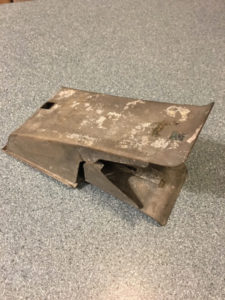







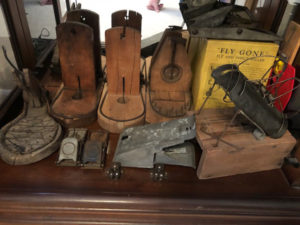





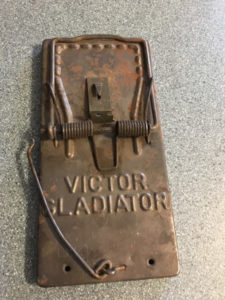
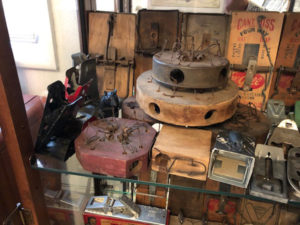



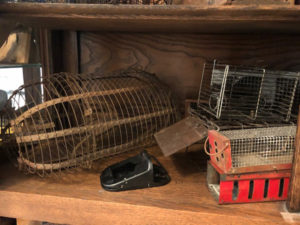
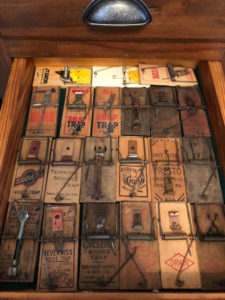

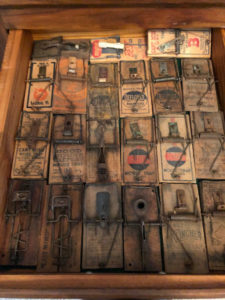

The post Collect a better mouse trap appeared first on Pest Management Professional.
from Pest Management Professional https://www.mypmp.net/2020/03/16/collect-a-better-mouse-trap/
Sacramento CA
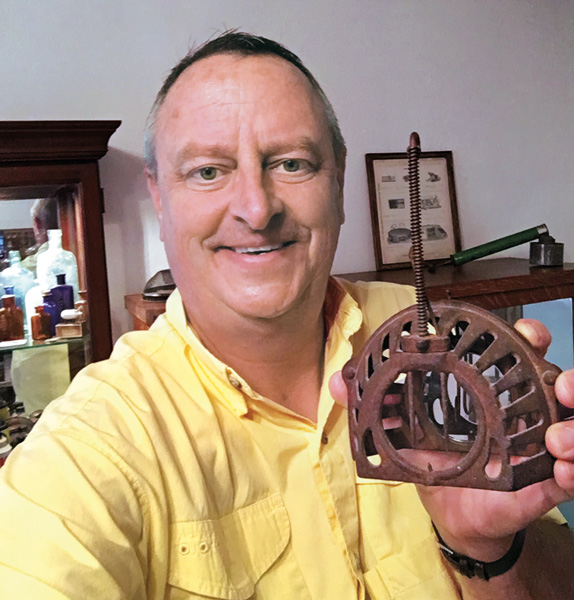
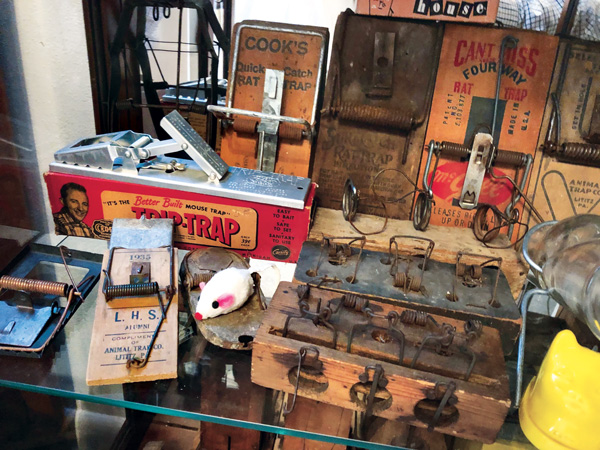
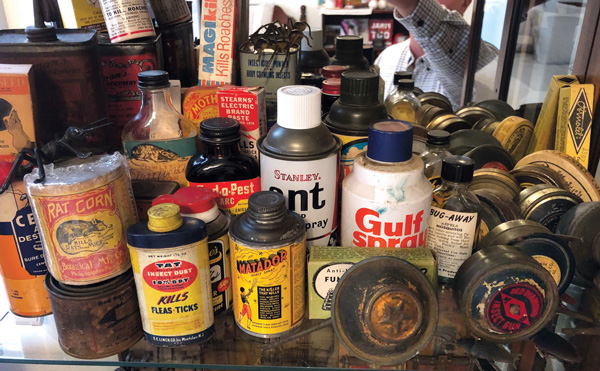
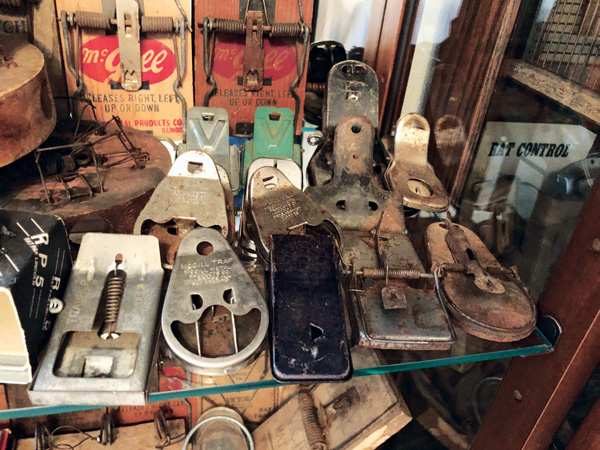
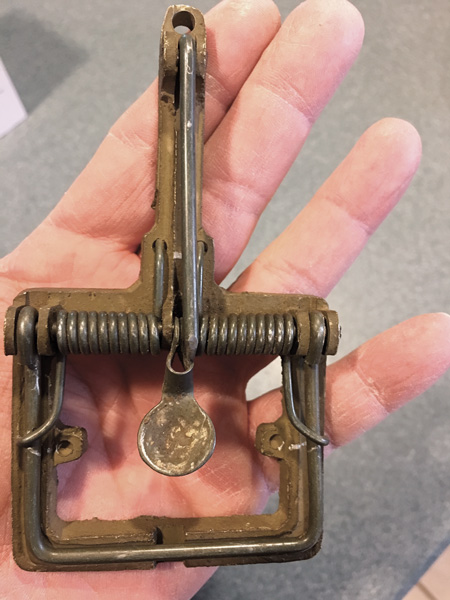
No comments:
Post a Comment